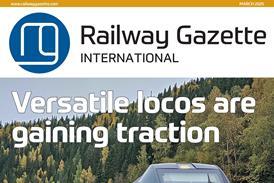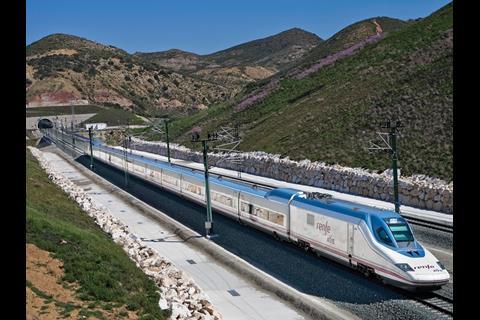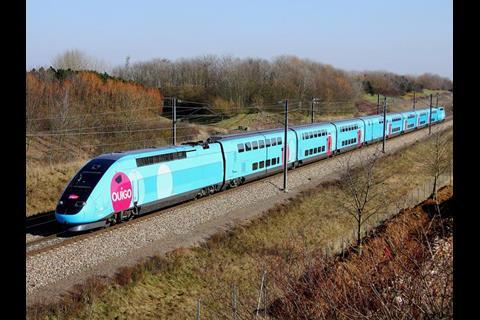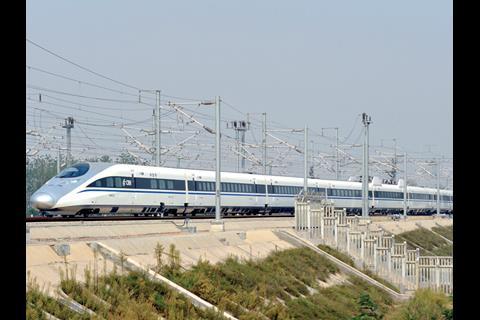INTERNATIONAL: China continues to set the pace in the global rail speed stakes, with its fastest trains achieving average point-to-point speeds better than any other country, according to Railway Gazette’s latest World Speed Survey.
Authored this year by Jeremy Hartill of the UK’s Railway Performance Society, the biennial survey appears in the July issue of Railway Gazette International. Additional information and updated Chinese entries were published in the August issue.
The survey compiles in tabular form the fastest timetabled start-to-stop journeys between different pairs of stations in countries around the world. Most of the fastest timings occur between intermediate stations, where average speeds are not impeded by slow approaches to major city hubs.
Looking at the overall results, China, France, Spain, Japan and Taiwan form the ‘champions’ league’ with their best start-to-stop timings averaging more than 250 km/h.
First place goes to Chinese Railways, which operates three trains a day over the 383 km between Shijiazhuang and Zhengzhou Dong in 81 min at an average speed of 283·7 km/h. Europe’s fastest trains remain SNCF’s TGV services on LGV Est linking Paris with Strasbourg and other towns in eastern France; TGV 5425 sprints the 167·6 km between Lorraine TGV and Champagne Ardenne TGV in 37 min at 271·8 km/h. Meanwhile, Spain overtakes Japan to take third place.
In total, nine countries now operate trains at average speeds higher than the once-hallowed 200 km/h mark. Turkey’s two-line high speed network is the latest to make the cut, with four trains averaging 203·5 km/h.
Elsewhere, Russia’s Sapsan service between Moscow and St Petersburg records the fastest timing for trains running over an upgraded conventional line; train 162 achieves a 194·5 km/h average between Bologoye and Chudovo. In the United States, Amtrak’s Acela Express tops the speed charts, with three services sprinting between Wilmington and Baltimore Penn on the Northeast Corridor at 169·4 km/h.
Perhaps surprisingly, Britain’s two fastest runs are found on the conventional network, with East Coast’s 18.55 York to Stevenage pipping Virgin Trains’ 19.42 Stafford to Watford Junction to the top spot with an average of 176·6 km/h for 259 km. Southeastern’s fast commuter services on High Speed 1 take third place with a best timetabled booking of 173·1 km/h.
At present there are no high speed trains in Africa, although one route is under construction in Morocco. Today, the fastest passenger services in Africa are the four daily trains between Oran and Alger, which average just 105 km/h for the 421 km journey.
The survey also throws up some startling comparisons, none more striking than Chinese Railways’ G79, which averages 263 km/h for the 2 100 km between Beijing and Guangzhou with three intermediate stops. Compare this to Amtrak’s Silver Meteor, which ambles the 2 224 km from Penn Station New York to Miami in 27 h 40 min at just 80·4 km/h with 18 stops.
China continues to rewrite the rules on high speed rail, as trains compete with air over ever greater distances. In the rest of the world, developments more closely reflect the trade-offs between distance, capacity, speed and operating costs of each particular network. Hartill suggests that the world’s high speed routes are likely to consolidate into distinct speed bands ranging from just over 200 km/h to 350 km/h or higher.
The July and August issues of Railway Gazette International, are now available to subscribers in our digital archive. They can also be purchased as single issues via our tablet app, available in both the Apple iTunes store and on Google Play.






















